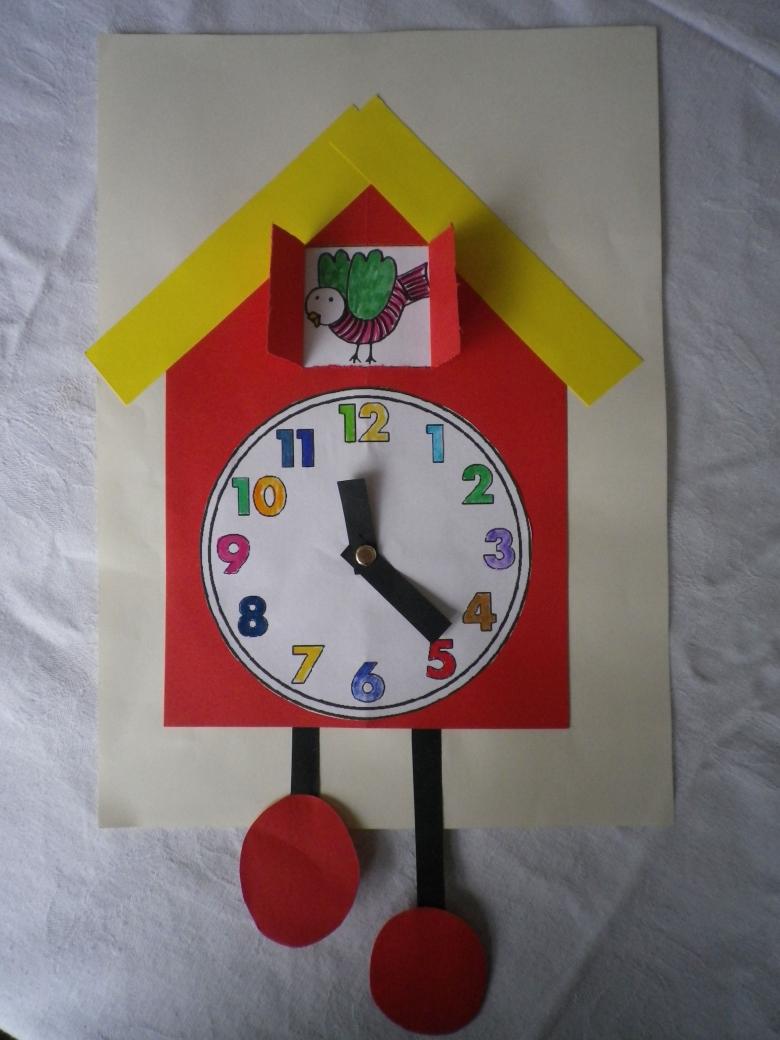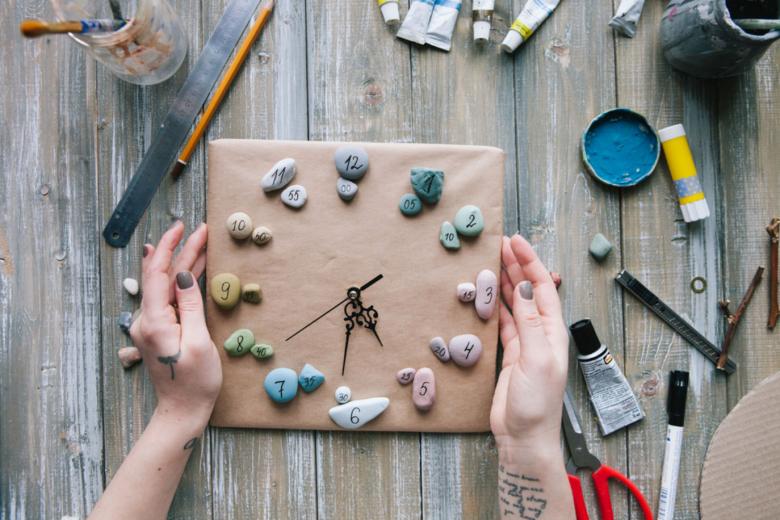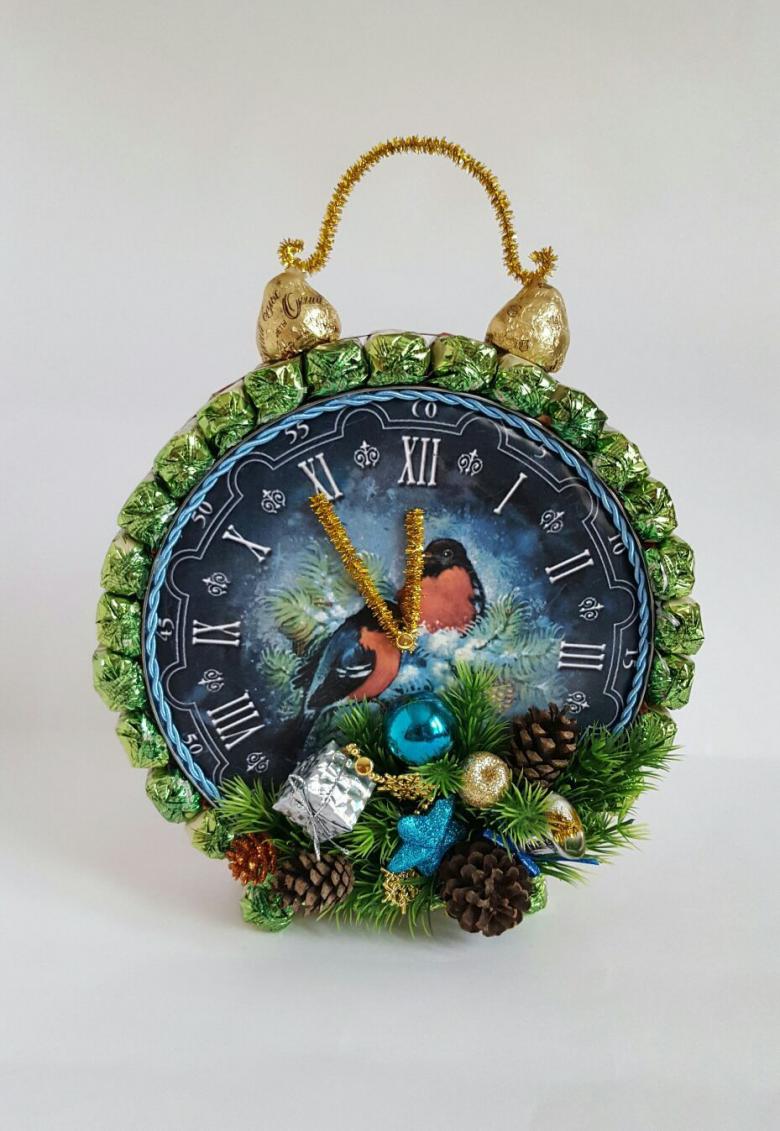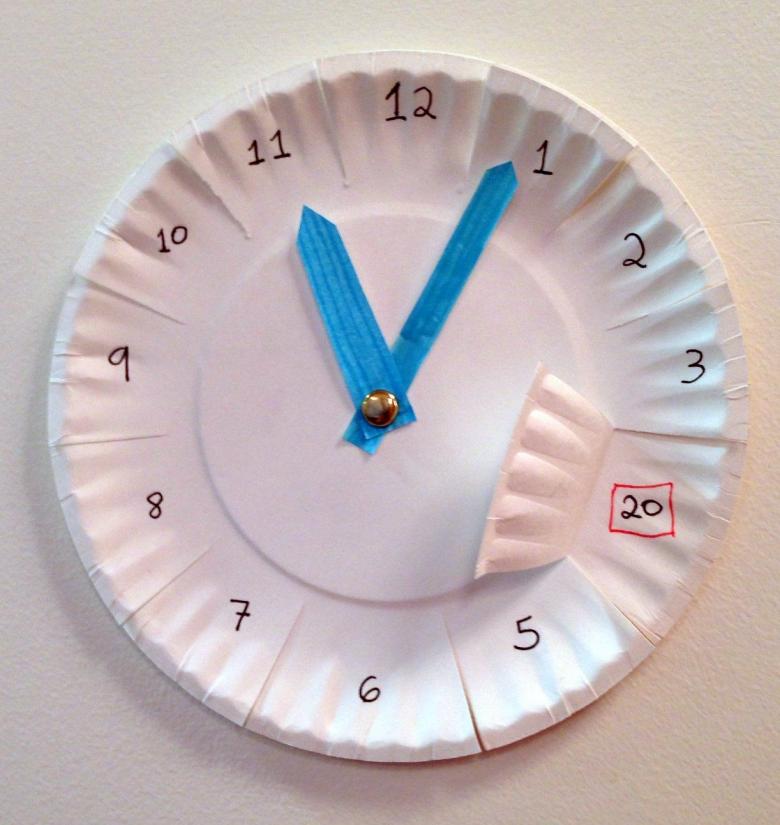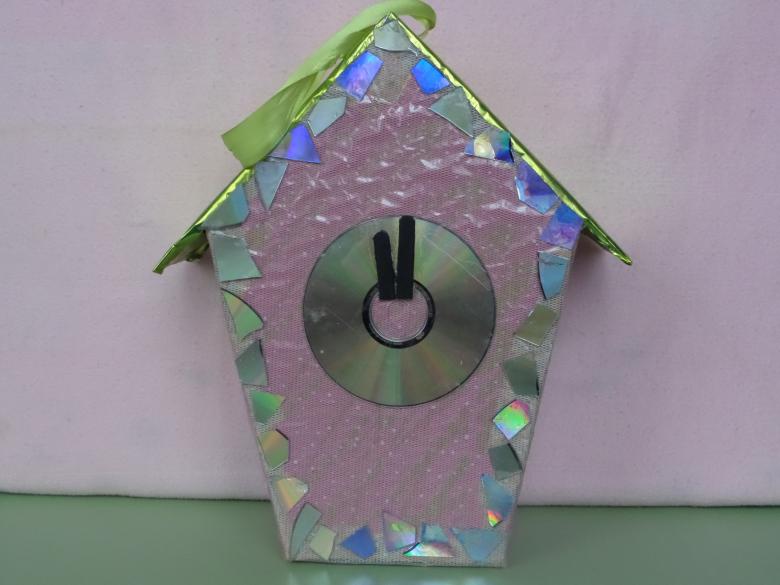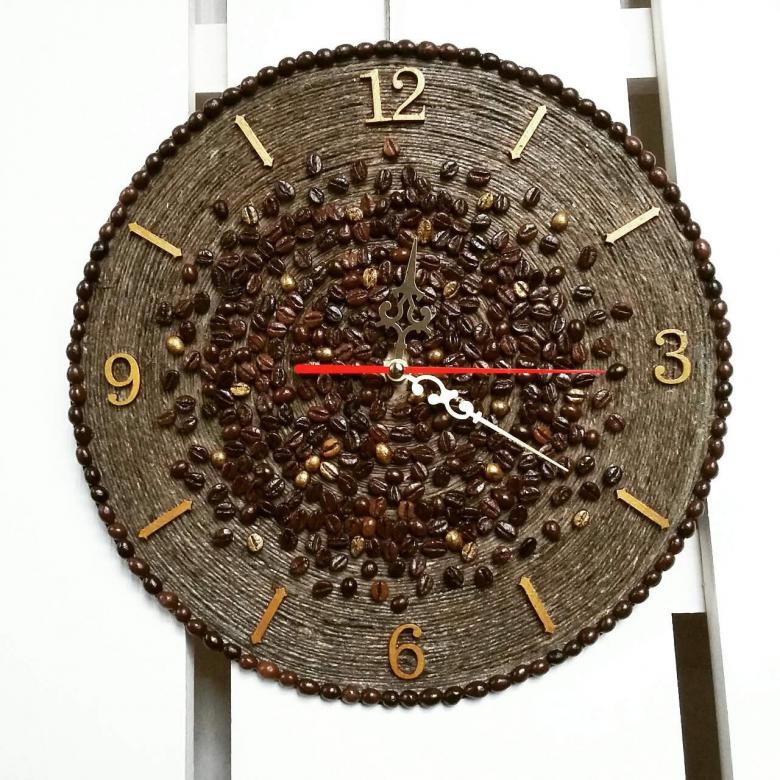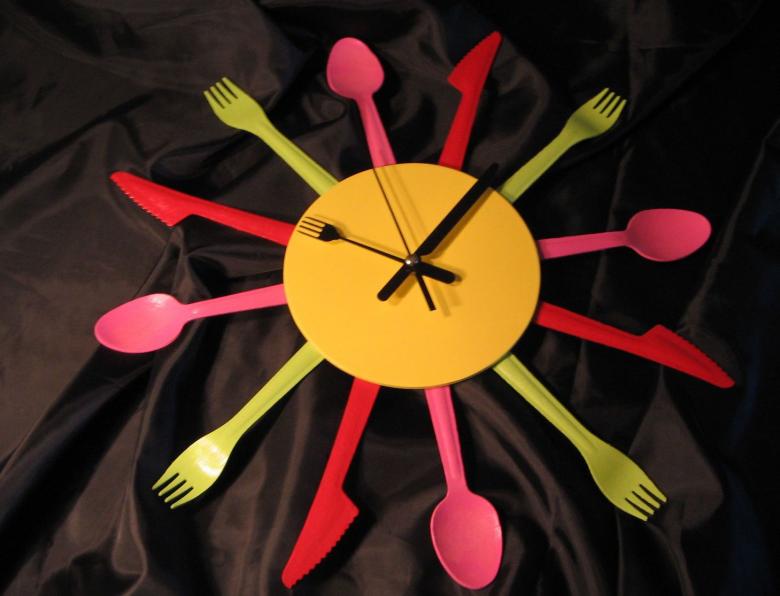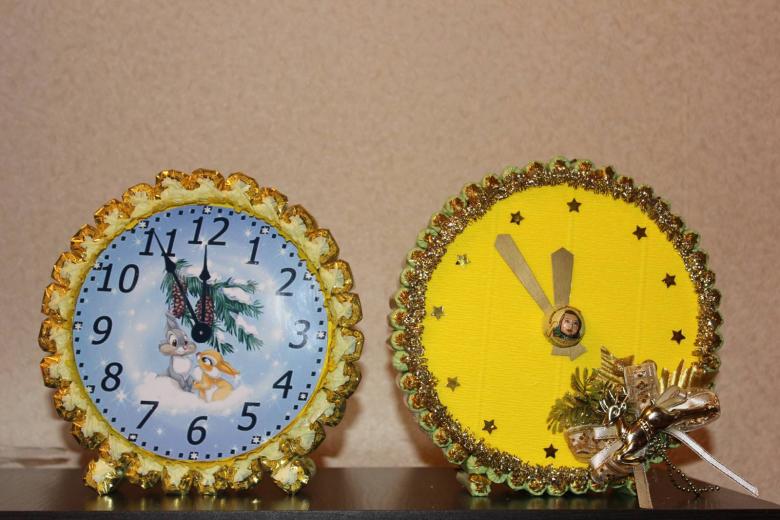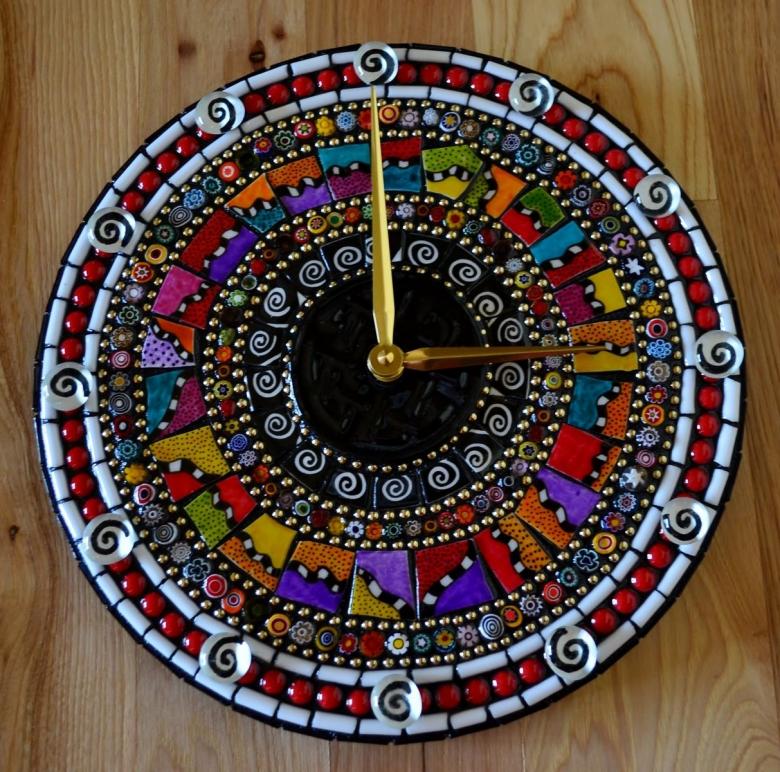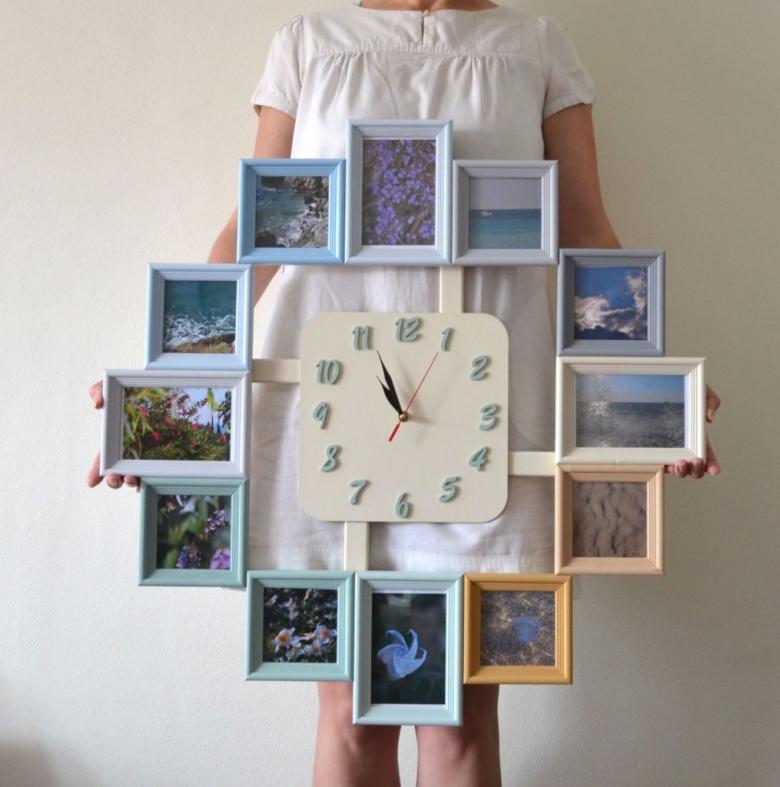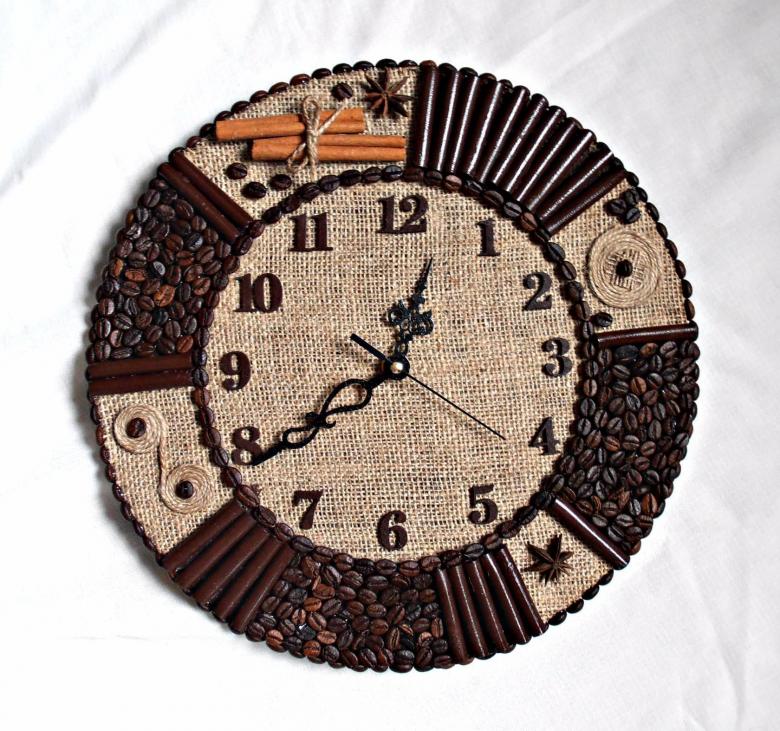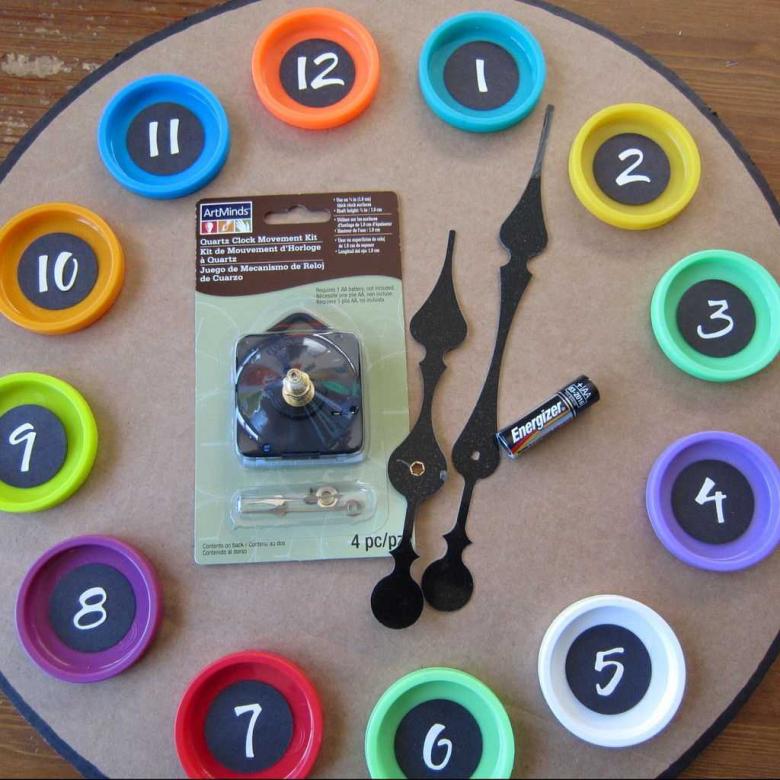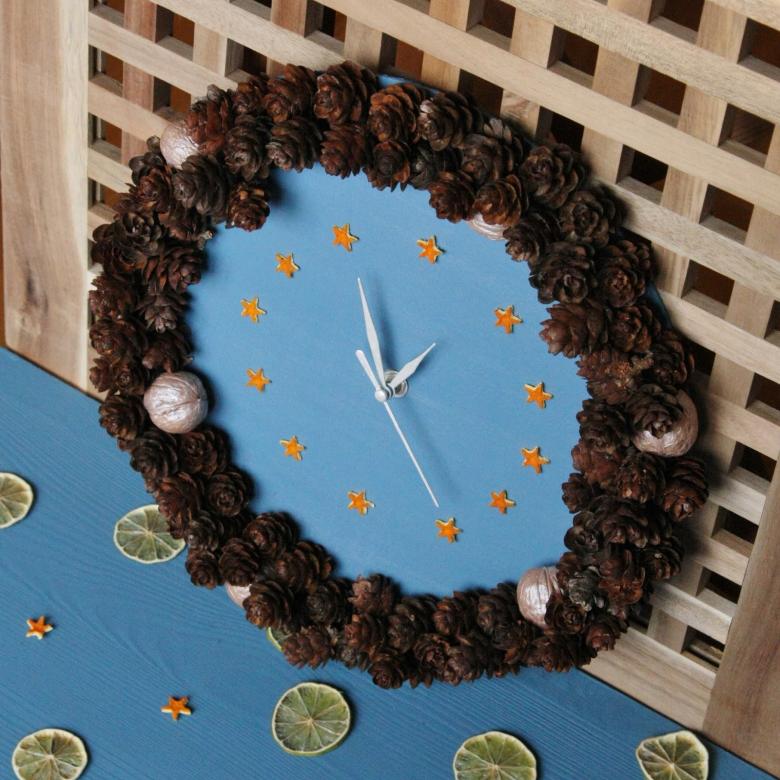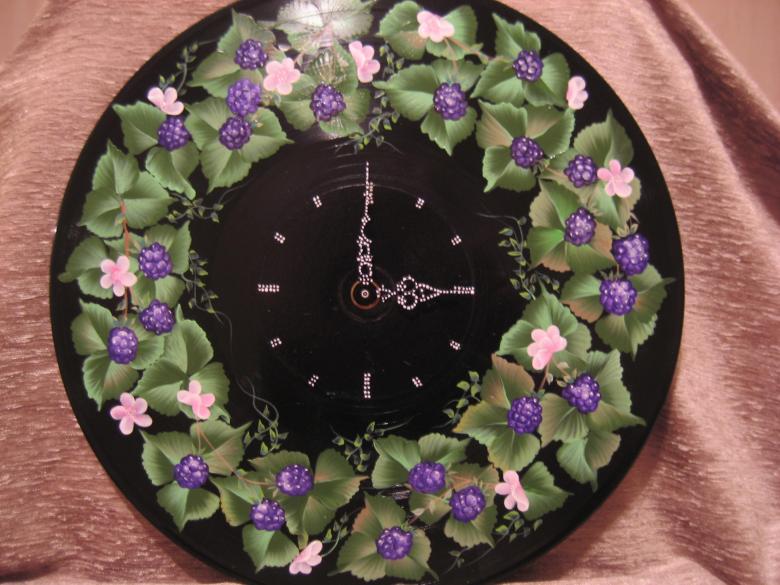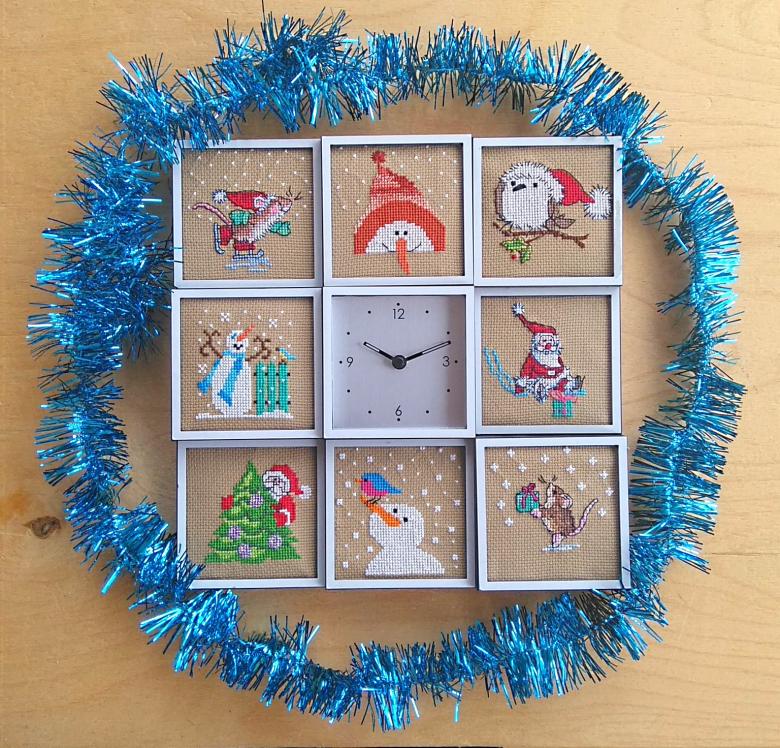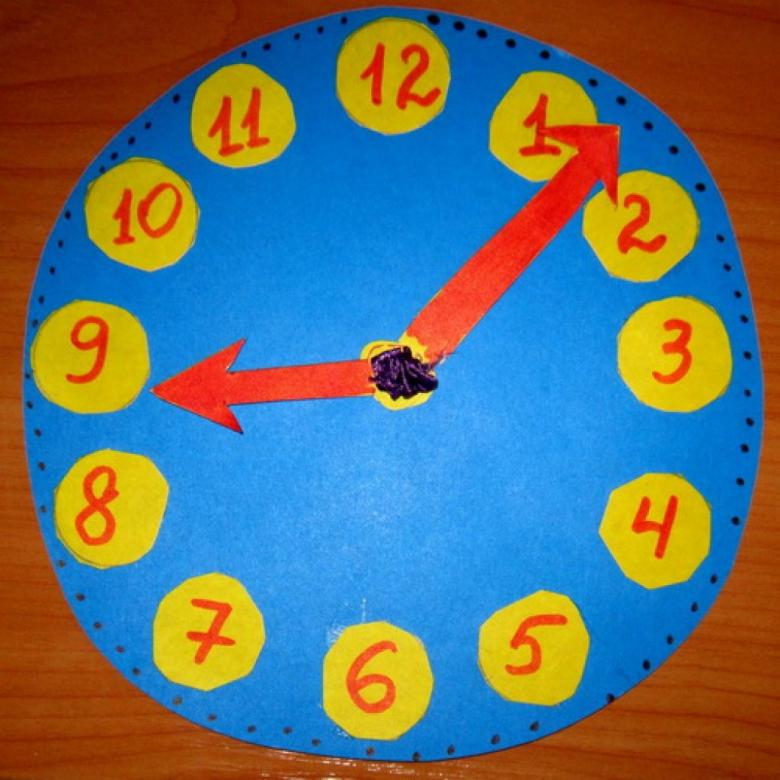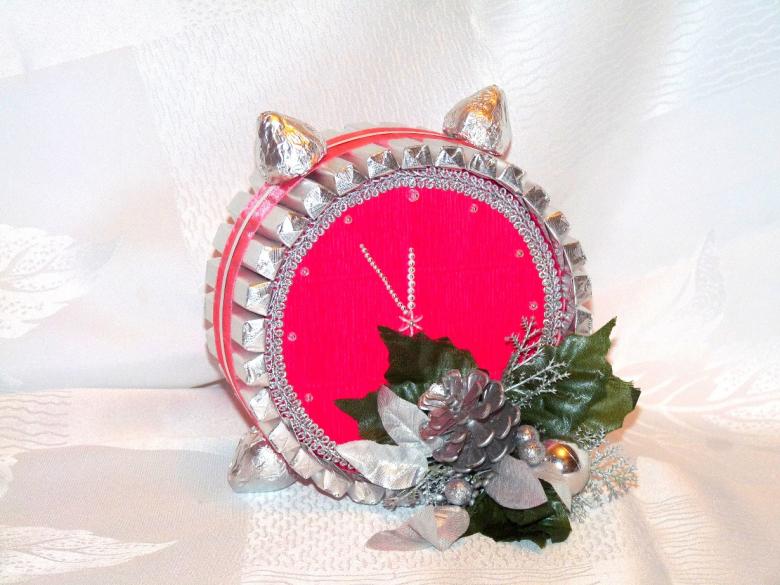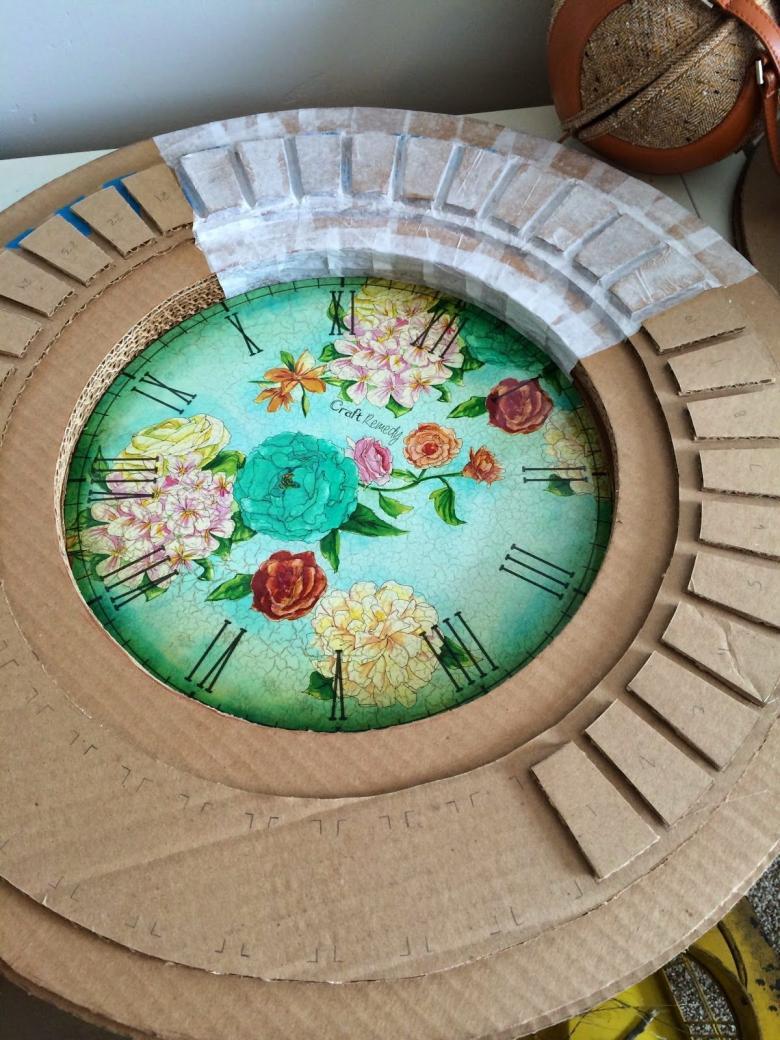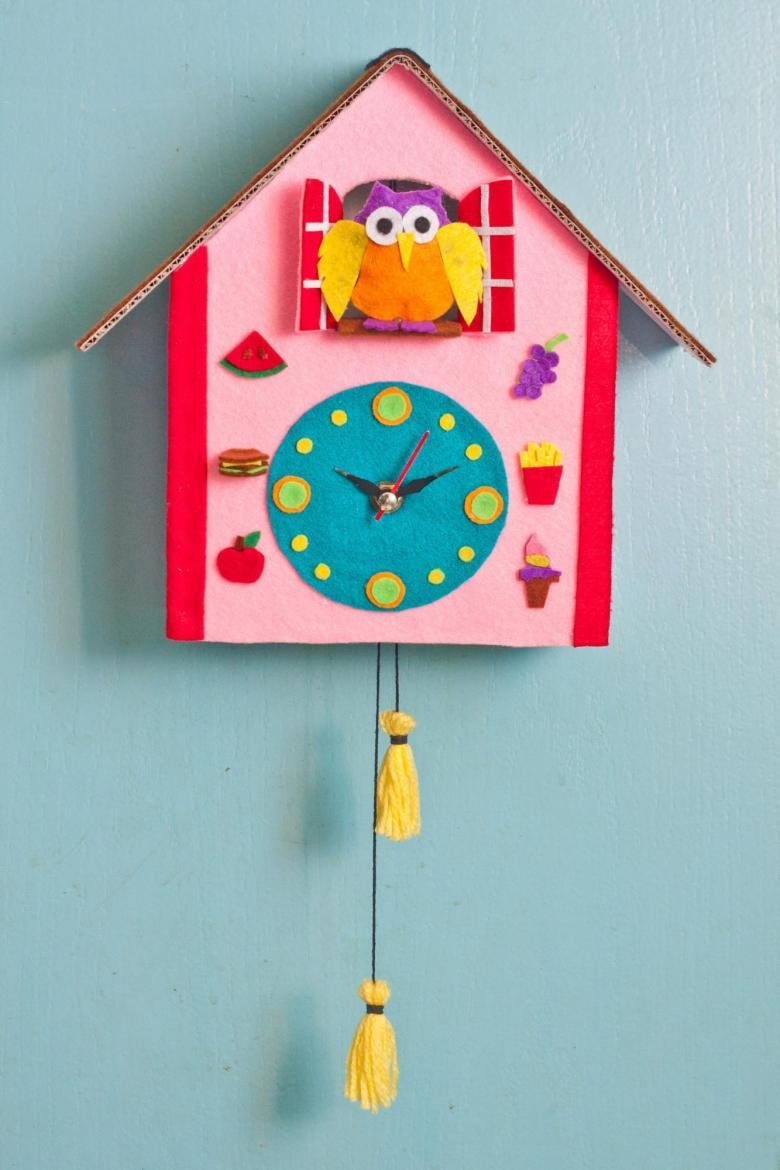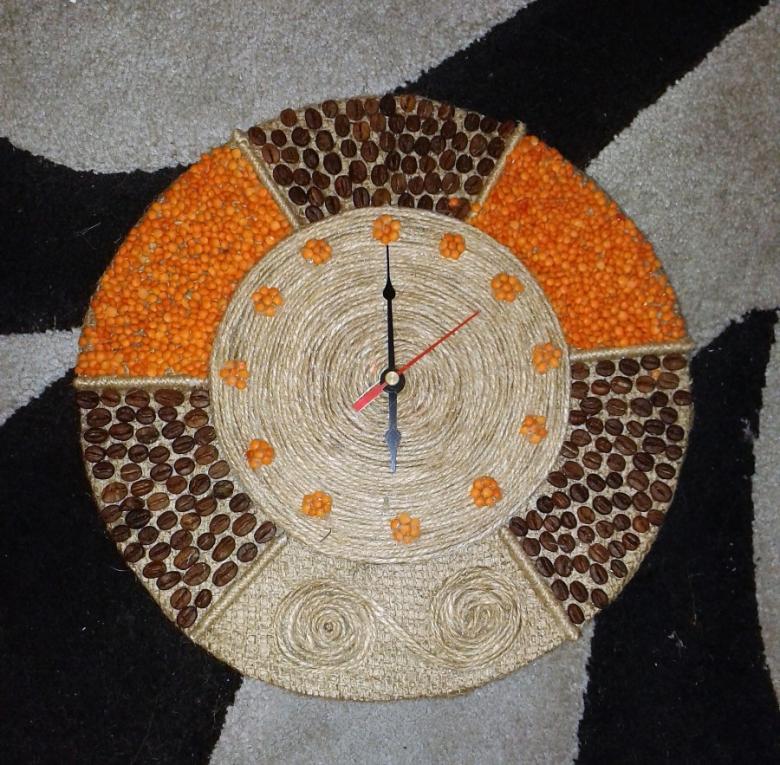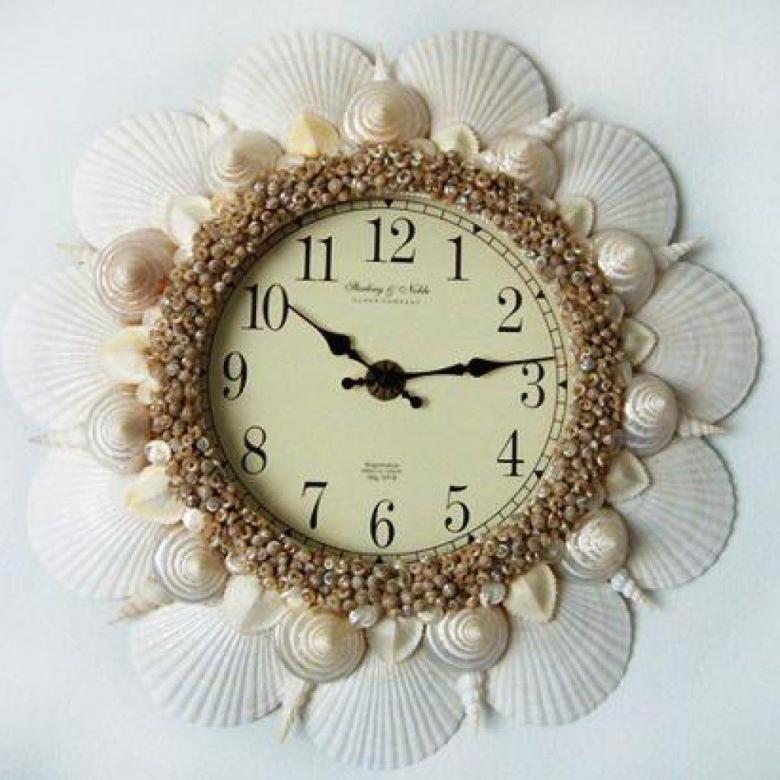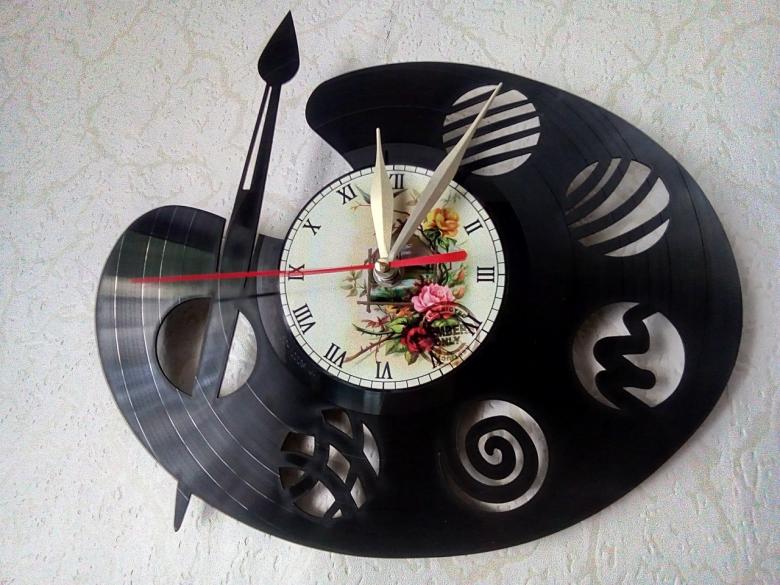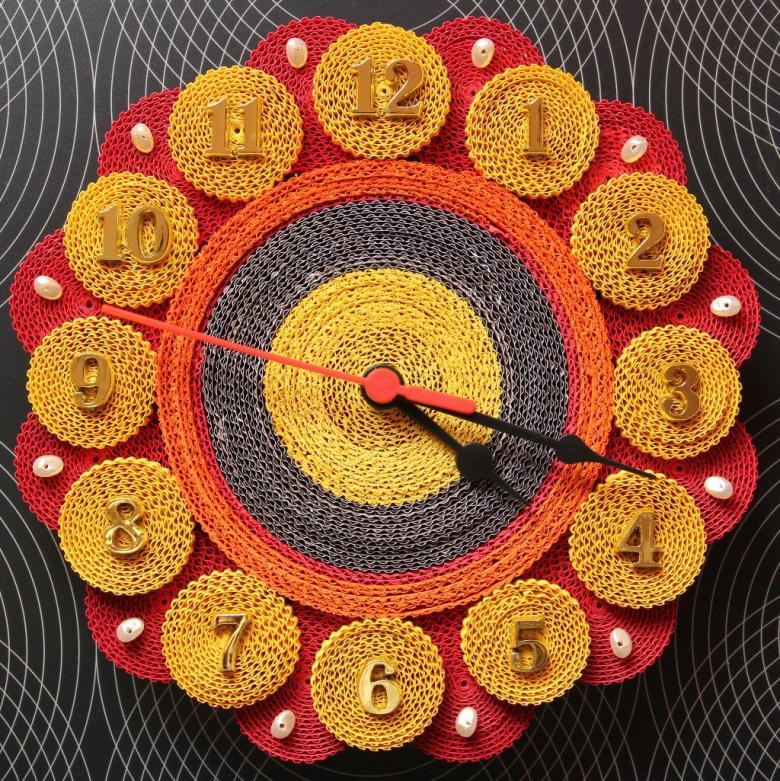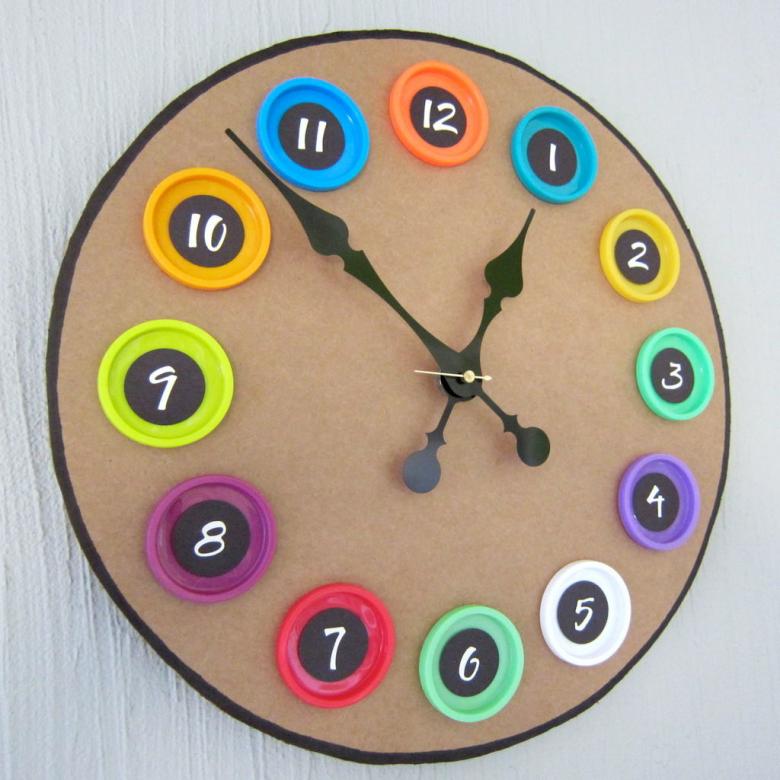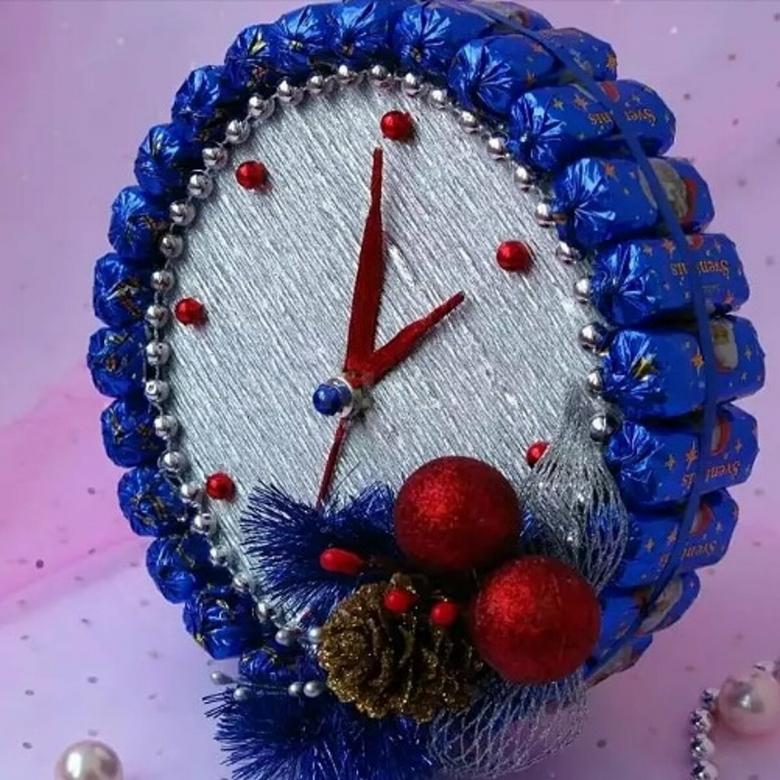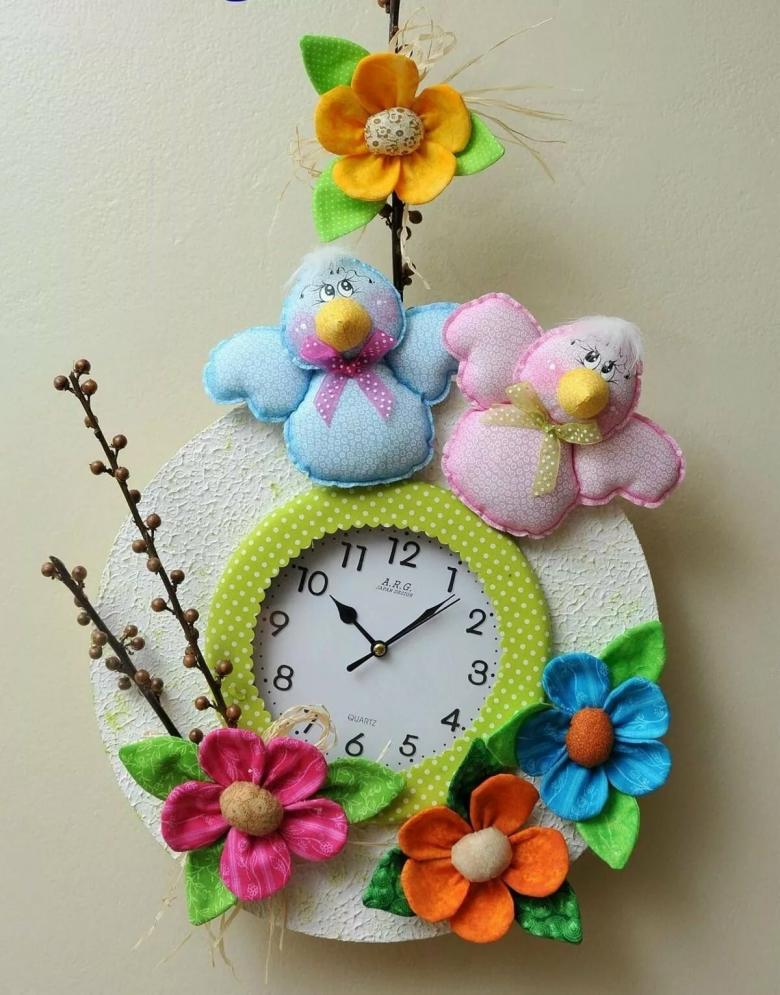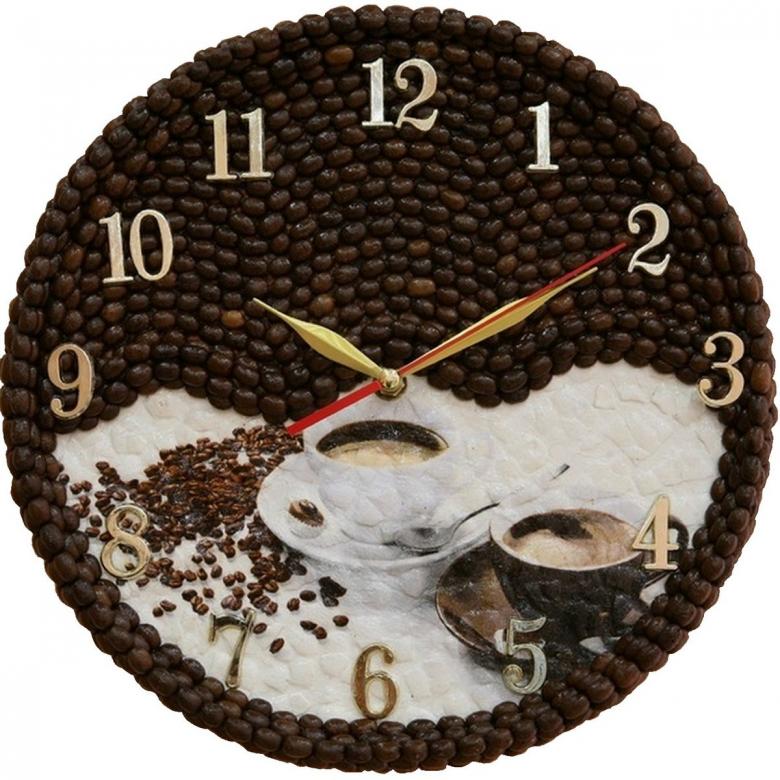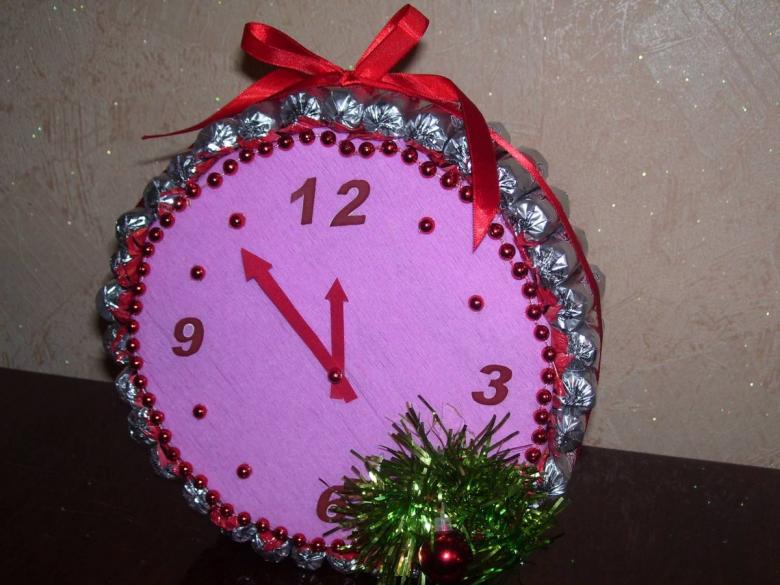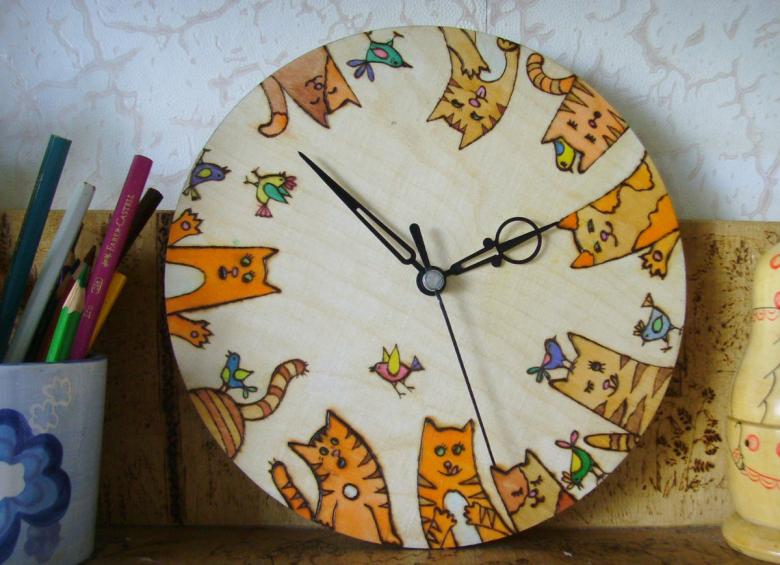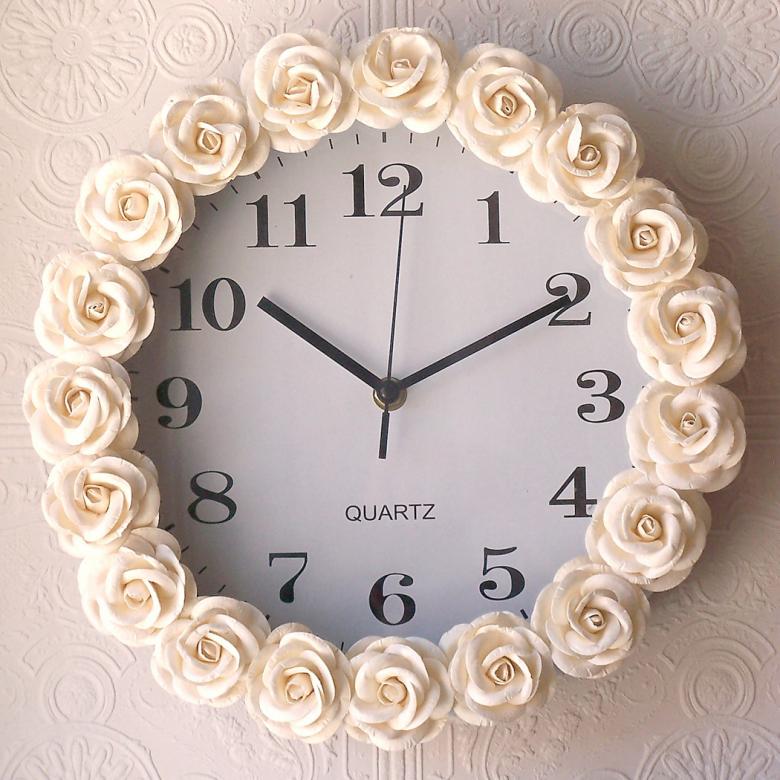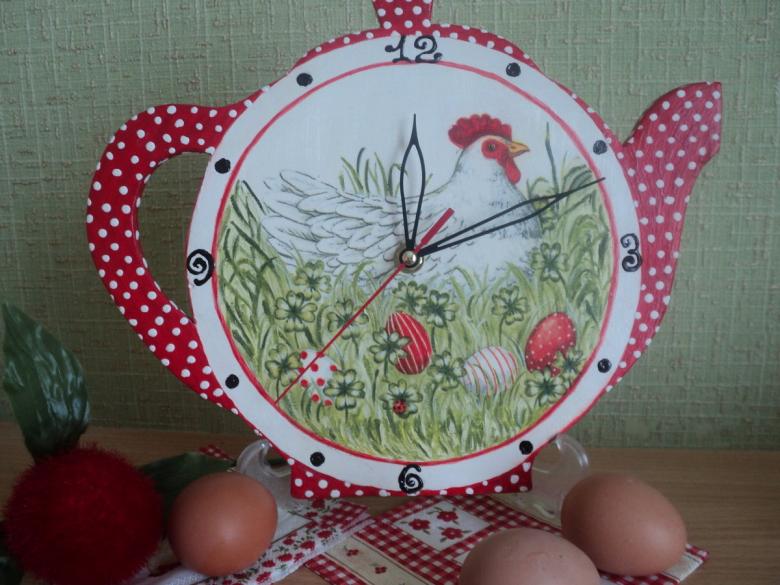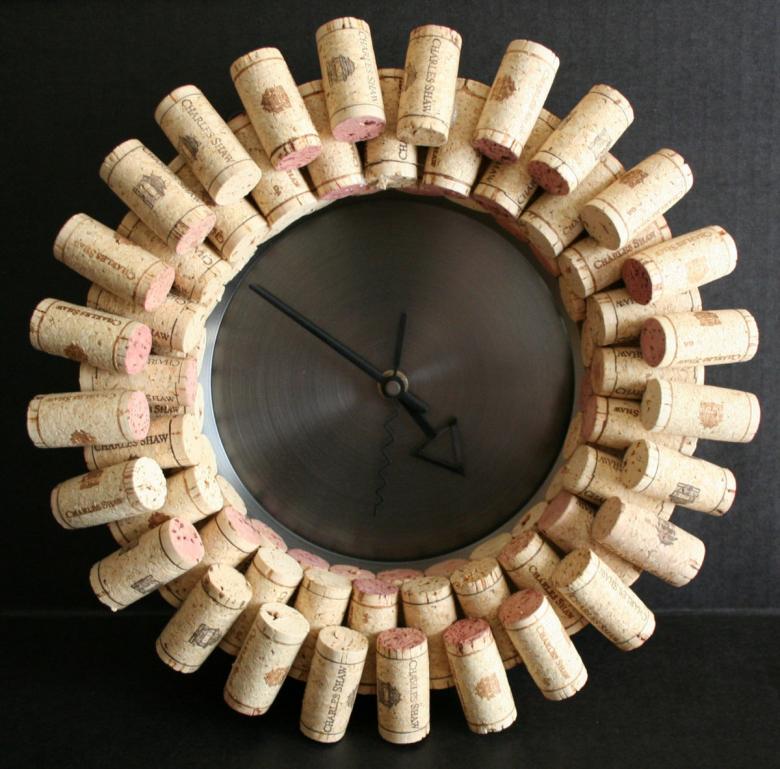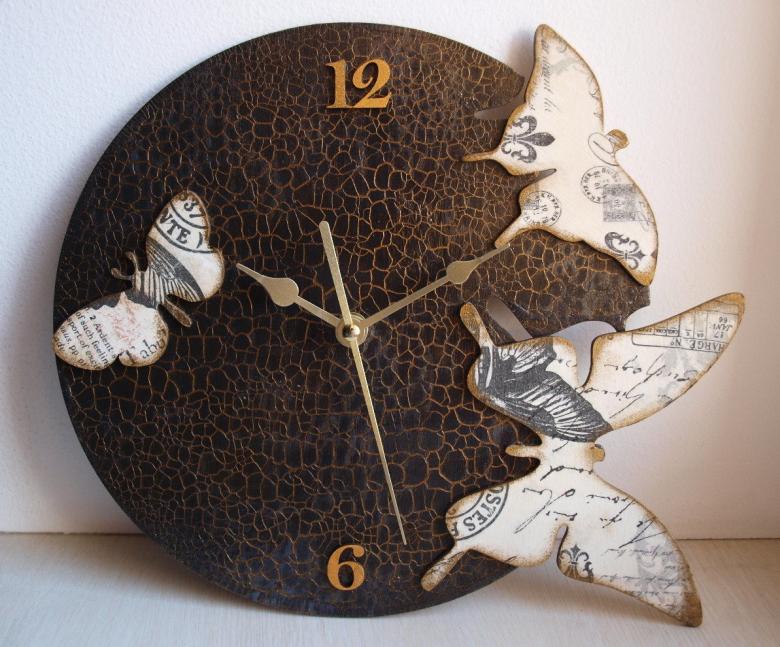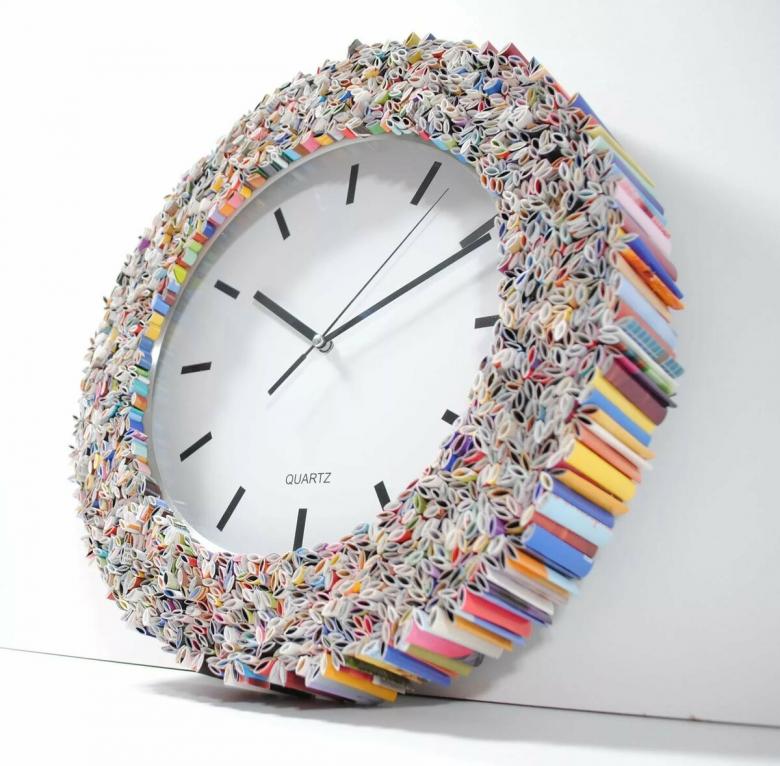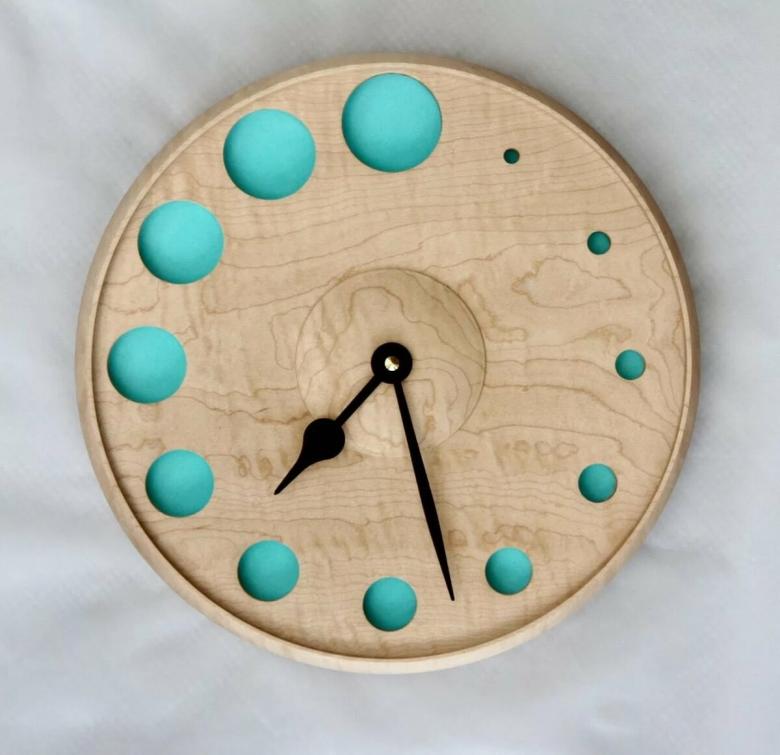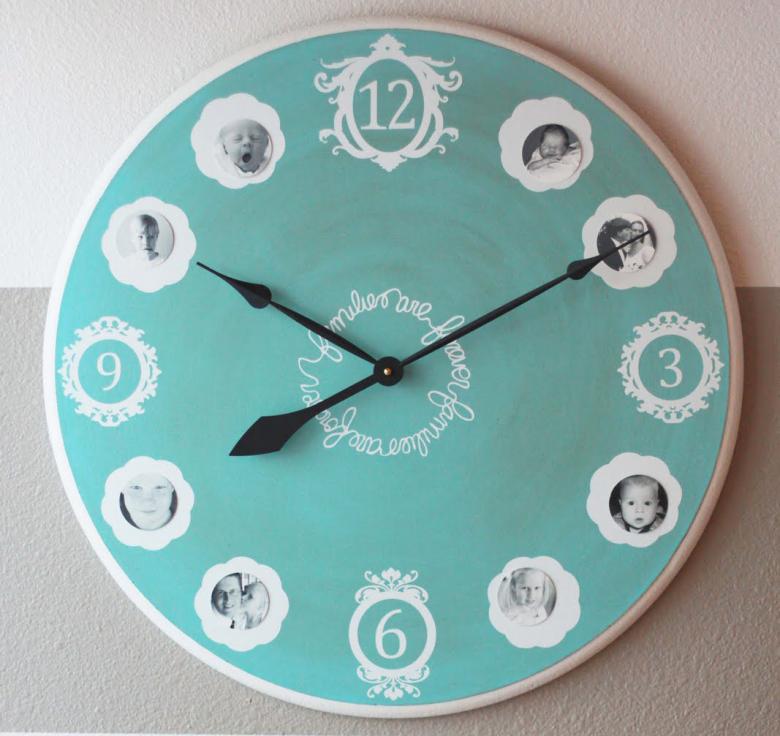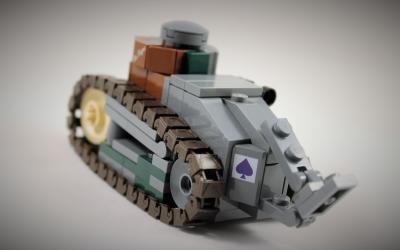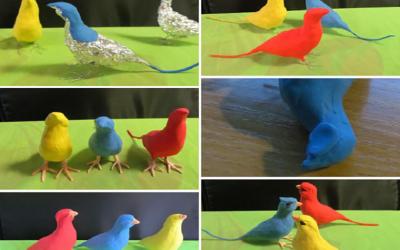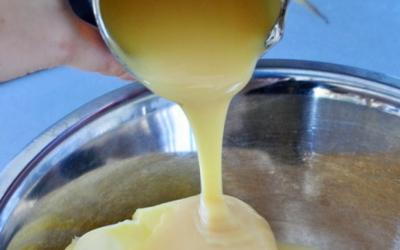How to make watches with his own hands - the basis for the chronometer, making mechanism, decoration, photos of work
These days, stores offer the consumer an incredibly wide range of wall clocks. One might assume that such a variety makes the choice much easier. However, this is not entirely true.

Modern chronometer can not be called a practical and durable thing, carrying a piece of the soul of its creator, because the desire of manufacturers to increase the volume of production and to expand the design range often has a negative impact on the quality of products. That's why the rational decision is to learn how to make watches by yourself.

The advantages of making watches with their own hands
Making your own chronometer contributes to the acquisition of new skills and knowledge. You will understand the device, it will become clear to you how everything works. And also it is an opportunity to realize any your idea, to get a unique accessory of the right color and size.
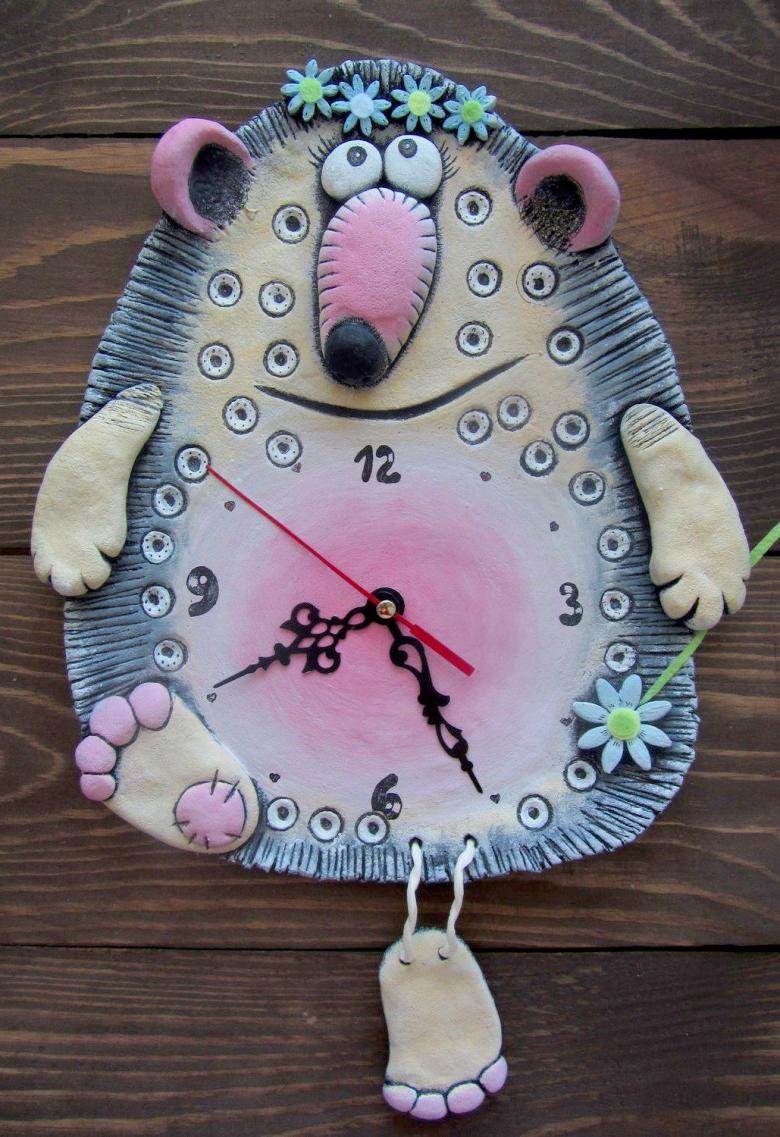
In other words, make exactly the product that will fit perfectly into the interior of your apartment.

Ways of decorating
Before you make a clock with your own hands, it is useful to study the possible techniques of decorating them. There are the following basic ways of decorative decoration:
- Decoupage. It means attaching a picture or an ornament to the surface of an object and then varnishing the resulting composition.
- Quilling. Art of paper twisting, which is based on making 2D or 3D drawings from paper twisted into spirals, cut into long, not wide strips.
- Scrapbooking. The method consists of using family photos and children's drawings to create collages.
- Embroidery. It is allowed to use a variety of techniques.
- Painting with acrylics. Can be made in any style.
- The use of blanks made of wood.
- Using stamps for imprinting patterns.
- Working with epoxy. The method consists in pouring the form with resin with the addition of different decor (sequins, beads, dried flower heads).
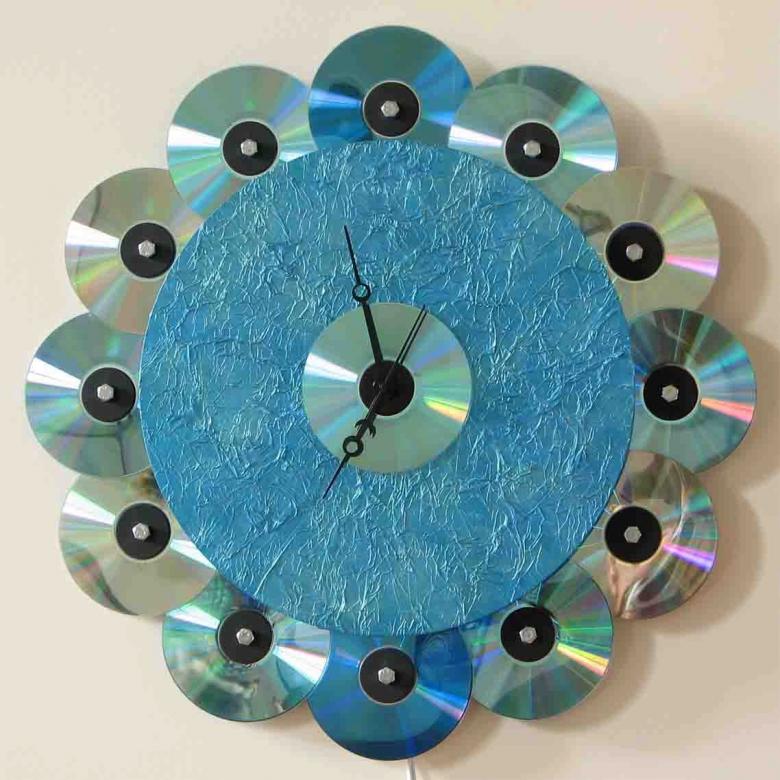
You should decide which variant of decorating is closer to you - maybe you have already mastered something. On the other hand, creating a clock is a good excuse to try to explore a new style.
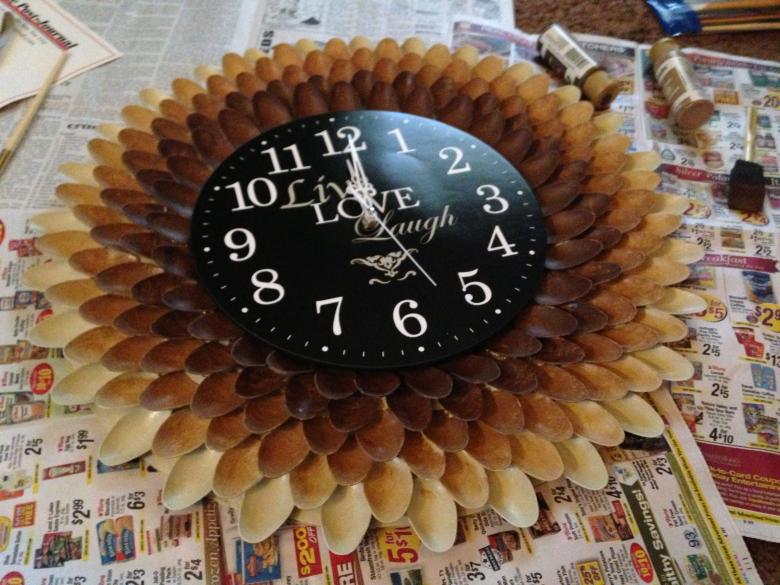
The chronometer base - what is it?
Experienced needlewomen before starting work recommend shaking the pantry - in case there is something there that can be used in the future design. For the same purpose it is necessary to look in the available boxes and chests. For decorating the base will do:
- buttons, scraps of textile, braid;
- unwanted gramophone records and CDs;
- magazine and newspaper pages, old photos;
- dried plants and leaves from trees;
- remnants of plywood sheets, splices;
- cardboard from appliance boxes;
- seashells, river shells, pebbles.
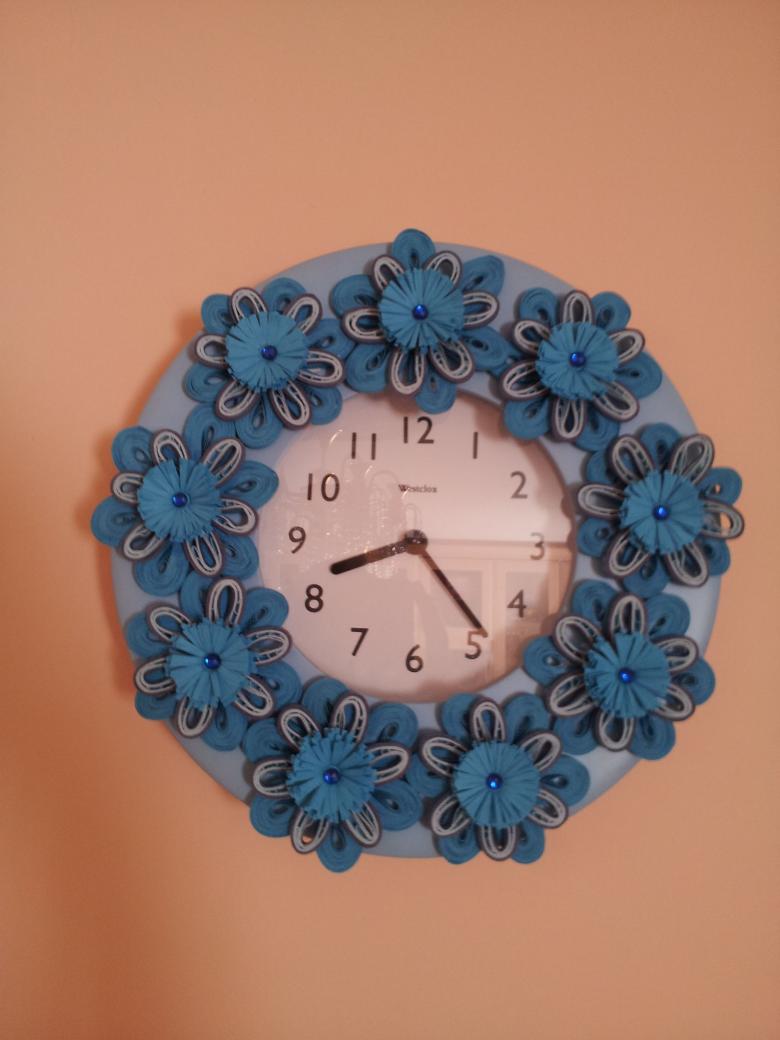
The heart of clocks - the clock mechanism
It is an essential attribute of any chronometer. Modern movements are distinguished by the variety of constructive solutions and the quality of materials used in their manufacture. Such devices can be divided into two groups:
- mechanical;
- quartz.
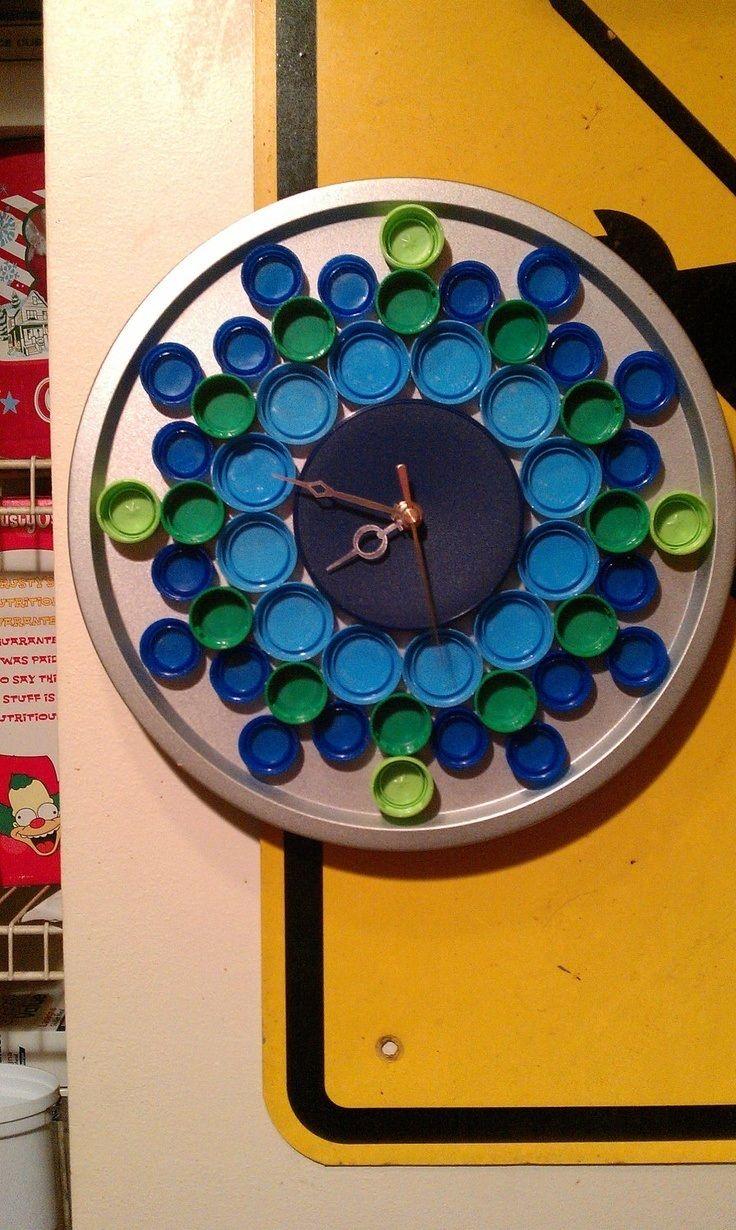
You can visually identify the category of chronometer by looking at the second hand. If its movement can be described as continuous and silent, it is a mechanical watch. Is it fast and jumpy? The watch is quartz.
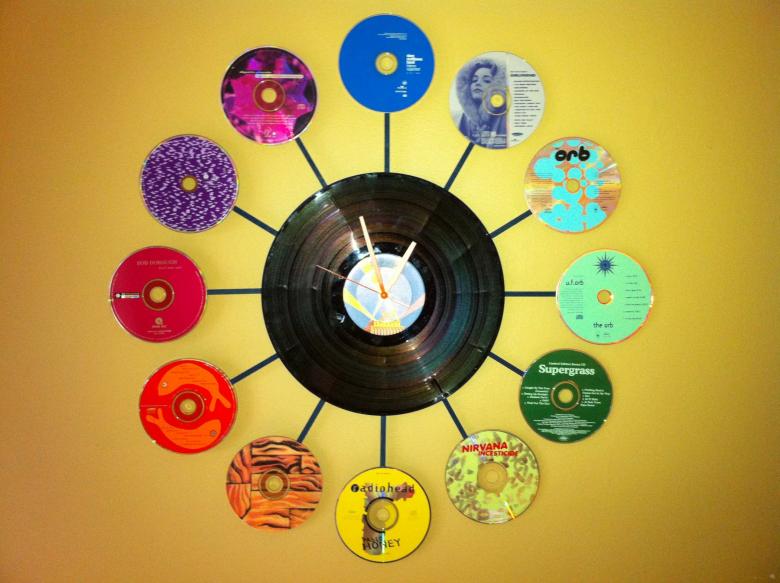
Features of watches with mechanical content
Such devices are works of art, because they are created by true masters of their craft. All expensive and elite chronometers today - mechanical.
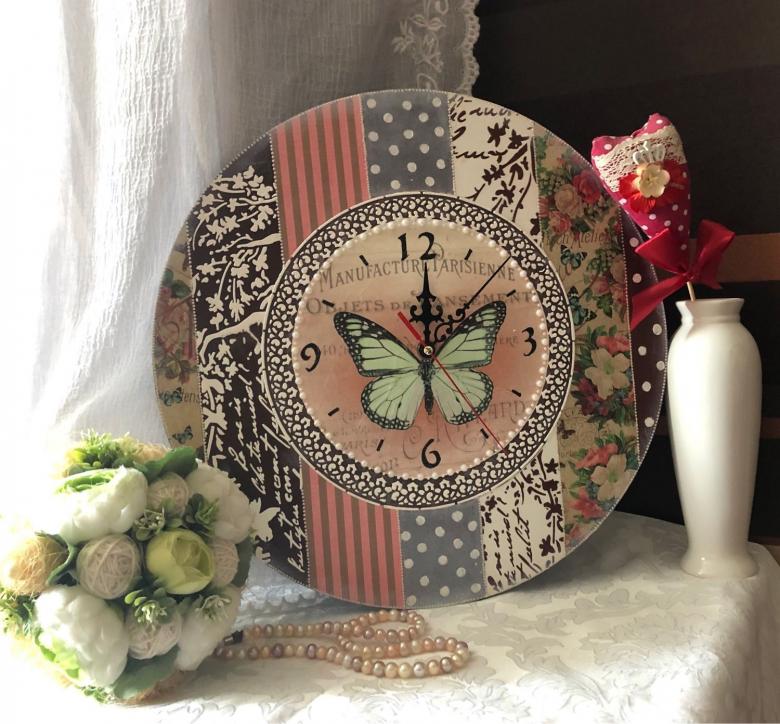
The principle of their action: the management of all the gears and elements is carried out with the help of a gradually unwinding spring. Among the disadvantages are capriciousness.
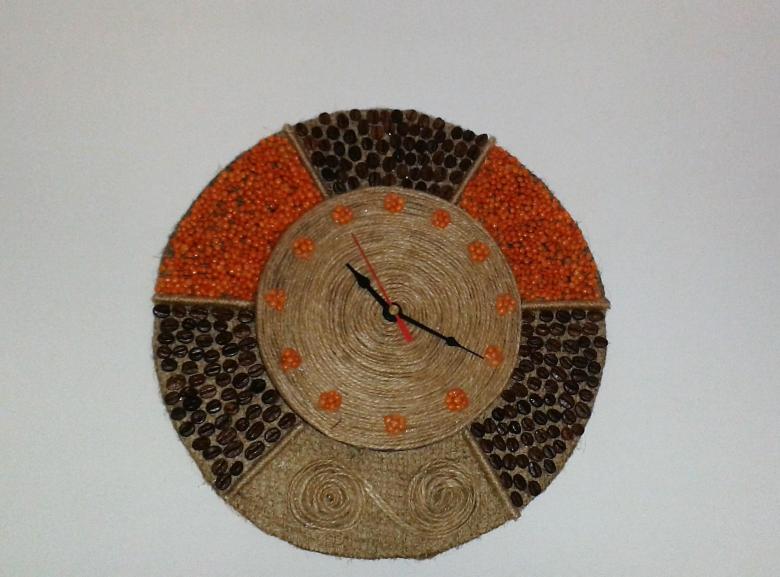
The accuracy of this type of clock depends on the temperature regime, the position of the product itself, etc. As a consequence, it is common to see a slight time lag.

If you create your own chronometer, you can, of course, try to make it yourself, but it is much more efficient to order the movement from a master watchmaker. But it is much more efficient to order the mechanism from a master.
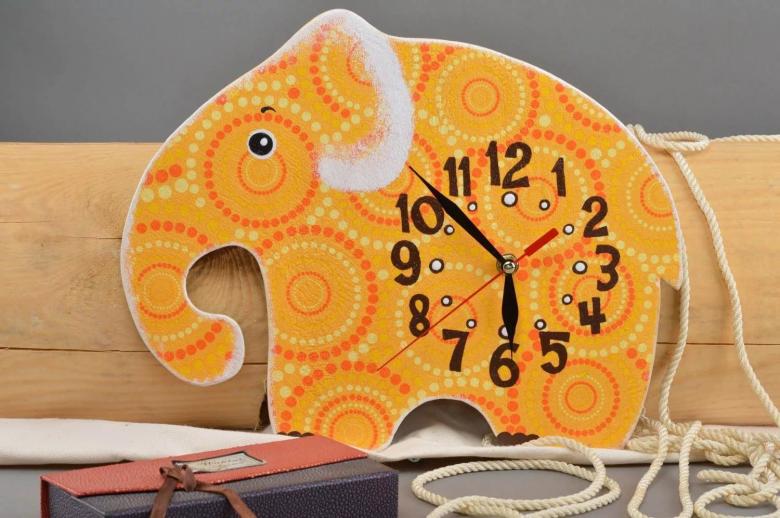
The specifics of devices with a quartz filling
The main advantage of the quartz mechanism is cheapness. The disadvantage is the dependence of the work on the power supply (battery). The principle of operation: the charge, issued by the battery, passes through a quartz crystal, causing its vibration. The vibrating crystal makes the device work and the hands move.
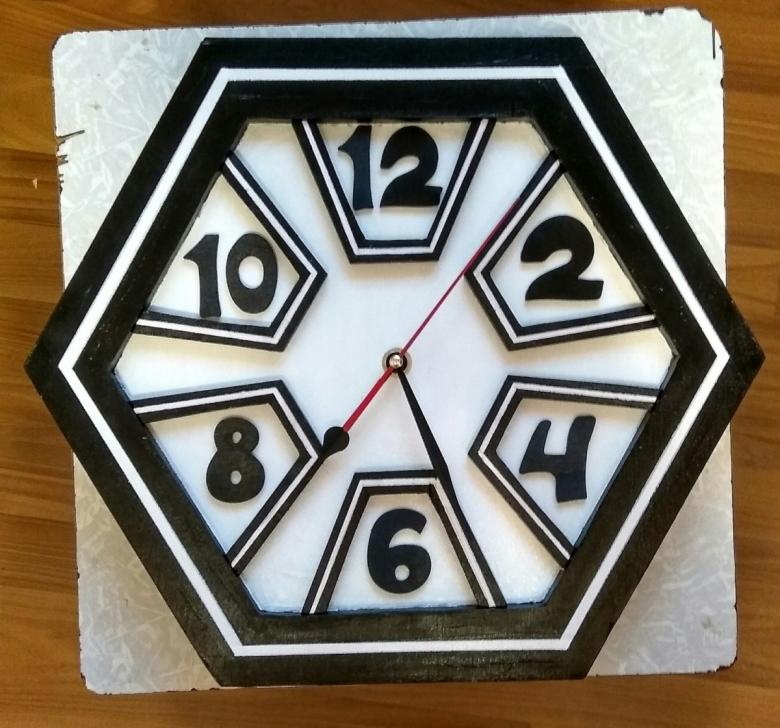
Stores that sell art supplies offer kits just with a quartz device.

Ideas for Creativity
Below will be the most popular ideas for creative activities.

New Year's Clock
There are no restrictions on the form of such a clock. You can make both a desktop product of laconic design, and a bulky thing designed for wall placement. To add a New Year's mood, you need to use themed decor - tinsel, fir branches, cones, snowflakes, figurines of snowmen, Christmas decorations.

The design of the clock face depends entirely on your taste. Equally relevant will look like a simple version, and a complex, involving the decoration of the thematic picture.

Timekeeper on the wall from a CD
Old CDs can be a clock face. You just need to hang it by a string and draw the numbers. Does that easy way not work for you? You can make a much more complicated device out of discs. For example, you can install a mechanism with hands on a diamond-shaped cardboard base.
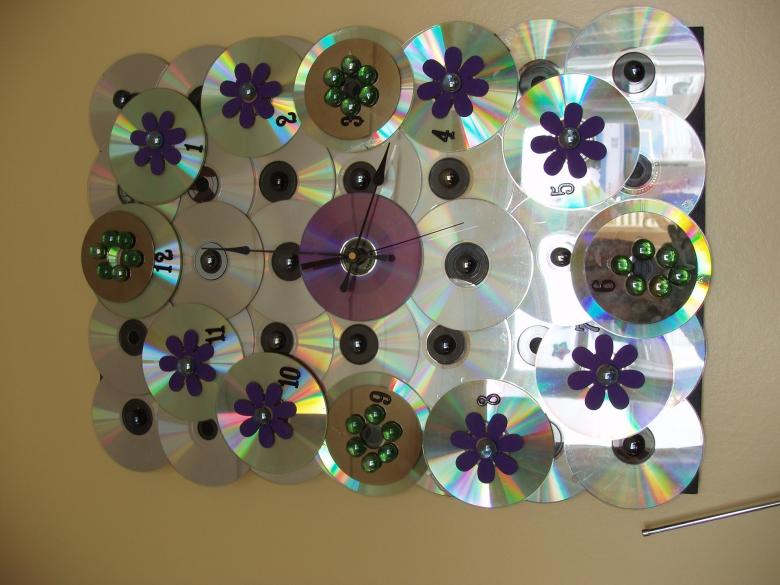
Another interesting idea is to paste the disk with colored paper. Or you can print out a ready-made dial and use it for decoration.
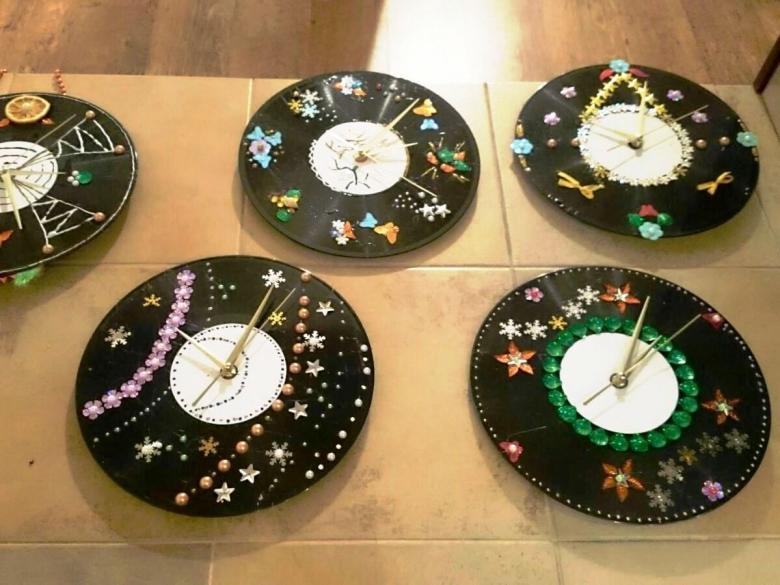
Clock made of plywood
It is easy to make such a handicraft. But it does not hurt to have experience with lumber. The main thing when creating clocks, sawed with a jigsaw from plywood by your own hands, is to carefully work out the drawings. Decorative finishing of the finished product will depend on the wishes of the master.
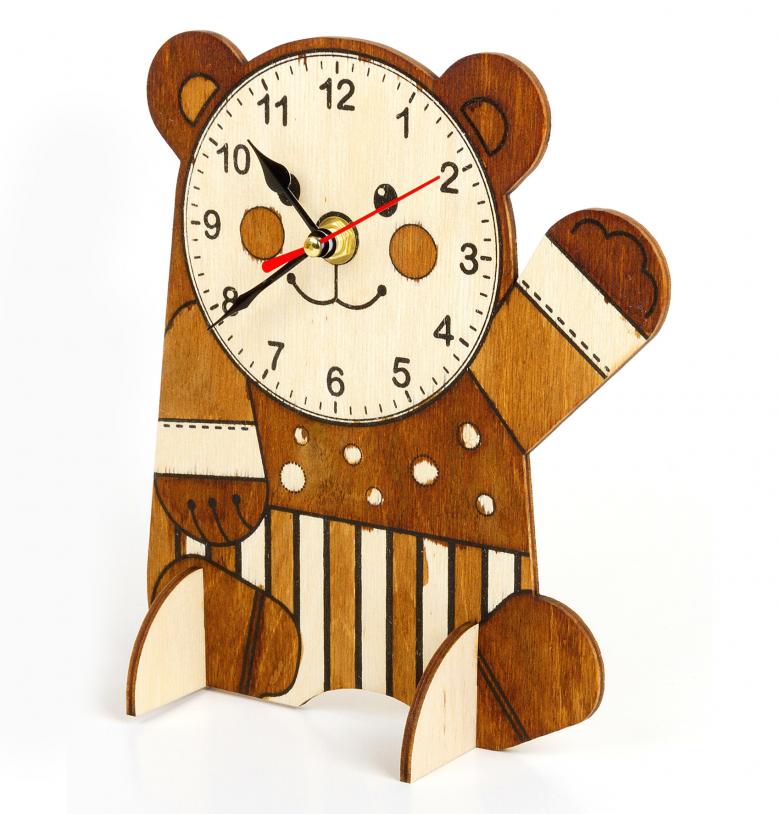
Styrofoam clocks
For experienced craftswomen it is no secret that foam plastic is a fairly easy material to work with. With a stationery knife it can be used to make anything, including wall clocks.
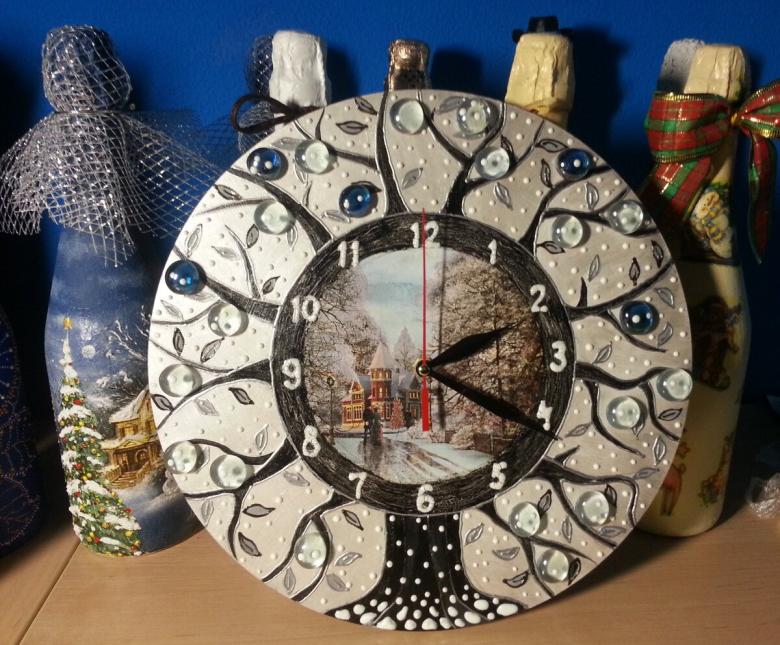
Chronometer from the gifts of nature
The basis of such a craft is cardboard. It is from it that the dial is made. Decorations can be cones, dried leaves and flowers, acorns, chestnuts. If desired, you can use for decorating different types of cereals and pasta. Such work is appropriate to bring to the autumn exhibition in school or kindergarten.
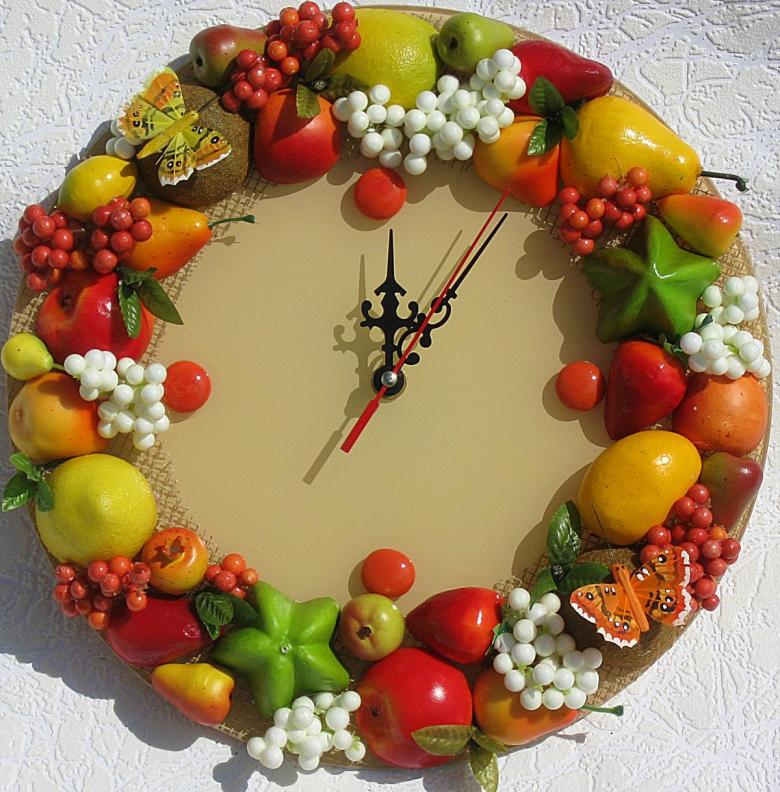
As you can see, it is quite possible to create clocks in homemade conditions. In this case, you can not be limited to wall models. If you have a dacha, try to make a sundial with your own hands. The main thing in this kind of creativity, to have a developed imagination and not be afraid to experiment.


